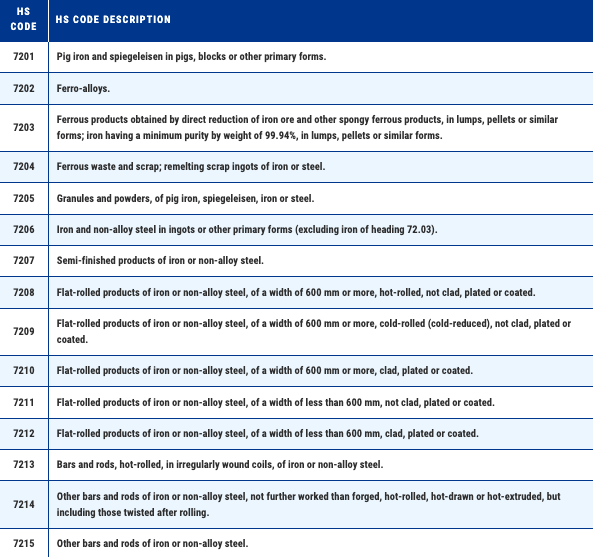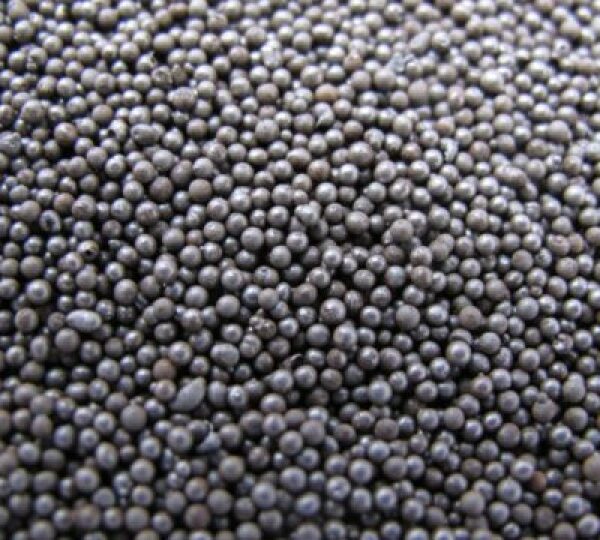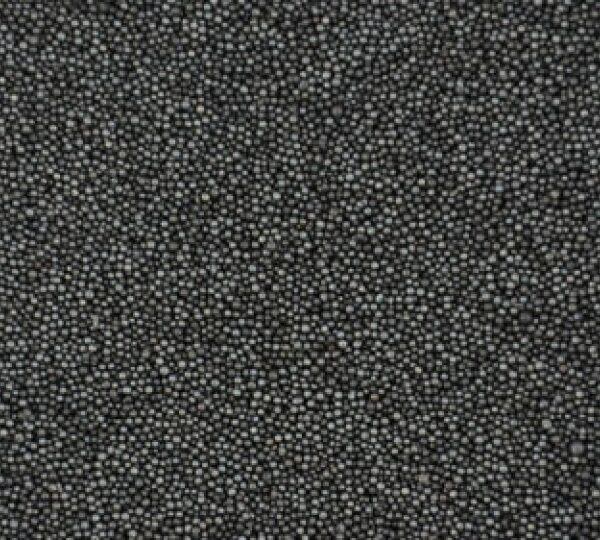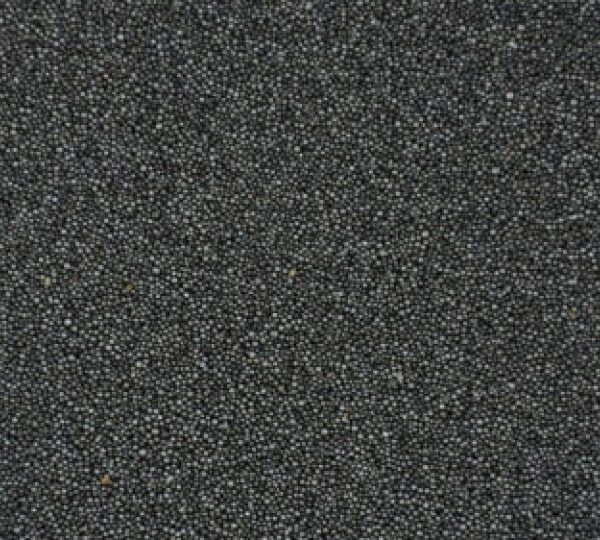HS Code Classification and Iron and Steel Standards
The iron and steel industry has been the basis of industrialization and the driving force of development since the past. It has been used for the development of societies at all stages of human history. Therefore, considering its past and future position, iron and steel is a strategic product. Iron and steel products are used as the main input of durable consumer and investment goods industries all over the world. It is possible to divide into two types: long and flat. Long products; It is used in the construction industry, shipbuilding, railway and steel construction. Flat products; It is used in sectors with more technology such as automotive, white goods, heating, elevators. Therefore, the level of flat steel production and use is directly proportional to the development of that country. The fact that the ratio of flat products consumed to total iron and steel production is higher in industrialized countries than in developing countries confirms this view.
What is GTIP (Customs Tariff Statistics Position) Code?
Systems have been developed to provide standardization in various subjects for facilitating transactions in the field of international trade (import, export). On the basis of standardization; production, understanding, measurement and experimentation. In this context, “INCOTERMS” was started to be used by the International Chamber of Commerce in order to standardize the terms used in international trade, the first of which was in 1936. Similarly, in 1958, the World Customs Organization developed the Harmonized Commodity Description and Coding Systems so that the products subject to foreign trade can be easily understood by both parties. All products subject to trade in the Harmonized System(HS) are divided into classes within a certain logic and system.
The Harmonized System(HS) forms the basis of the tariff schedules of every country in the world. With the entry into force of the Law No. 474 on the Turkish Customs Tariff Schedule on 14 May 1964, the Customs Tariff Statistics Position (GTİP) began to be used. Thus, the responsibility of tariff schedules in Turkey was given to the Ministry of Customs and Trade.
How to Read GTIP Codes?
There is a Customs Tariff Statistics Position (GTİP) for each product or product group. According to this system, all items are described with a 12-digit coding. The first 6 digits of the 12-digit coding are standard all over the world. The remaining 6 digits are reserved for the national identification of each country. In summary;
- First 4 Digits; item/Item’s Position Number,
- First 6 Digits; the Harmonized System Nomenclature code used by the member countries of the World Customs Organization,
- 7-8th digits; combined Nomenclature code used by EU countries,
- 9-10th digits; codes showing the positions opened due to different tax applications,
- 11-12th digits; refers to Customs Tariff Statistics Position (GTİP) codes.

Current GTIP Codes List 2022
The GTIP number used during the transit of the products that are imported or exported to Turkey from foreign countries must be determined correctly. Therefore, up-to-date and accurate data should be used.
You can use various sources to reach the current GTIP no list. However, it would be better to use official sources for this. You can find information on this subject on the official websites of the Republic of Turkey Ministry of Commerce or TUIK.
Is Tax Calculation Made With GTIP Number?
GTIP number is used to categorize products during customs clearance in the field of import and export in Turkey. The use of this code enables the determination of statistical data and the determination of customs duties of products entering and leaving the country.
In other words, it is possible to find the tax rate determined for the product with the GTIP number. The first 6 digits in the GTIP number are according to the international Harmonized System code and the rest are dependent on the local system. Depending on the type of product, how much tax is required can be determined with the GTIP number.
What are the GTIP Codes Used in the Iron and Steel Industry?
Customs Tariff Statistics Position (GTİP) is defined for each item or group of goods, and 7201 – 7326 numbers are reserved for the iron and steel industry. Those who want to do international trade based in Turkey in the iron and steel sector should act in accordance with the local regulations in our country. For this, the process of determining the GTIP number of iron-steel products that are imported and exported must be done correctly. GTIP numbers used in this sector are as follows.

Choose STIM Turkey for Your Product Needs in Iron and Steel Field
With the SITM company, you can find answers to many of your needs and questions about the iron and steel industry. Many products such as Welded-Seamless Pipe, Pipe fittings, valves for all your needs, tanks suitable for different uses are included in the SITM product range. You can use our website for more detailed access to our product portfolio. You can contact us by filling out the form on the contact tab for your orders and questions. Our technical professional team will always help you find answers to the technical information you need about the sector.
-
 Cast Steel Granule Balls S930
Cast Steel Granule Balls S930 -
 Cast Steel Granule Balls S780
Cast Steel Granule Balls S780 -
 Cast Steel Granule Balls S660
Cast Steel Granule Balls S660 -
 Cast Steel Granule Balls S550
Cast Steel Granule Balls S550 -
 Cast Steel Granule Balls S460
Cast Steel Granule Balls S460 -
 Cast Steel Granule Balls S390
Cast Steel Granule Balls S390 -
 Cast Steel Granule Balls S330
Cast Steel Granule Balls S330 -
 Cast Steel Granule Balls S230
Cast Steel Granule Balls S230 -
 Cast Steel Granule Balls S170
Cast Steel Granule Balls S170 -
 Cast Steel Granule Balls S110
Cast Steel Granule Balls S110 -
 Cast Steel Granule Balls S70
Cast Steel Granule Balls S70 -
 Welded Tubes
Welded Tubes













